The Sarabi dog breed, often known as the Anatolian Shepherd, is a majestic and powerful guardian with a rich history that dates back thousands of …
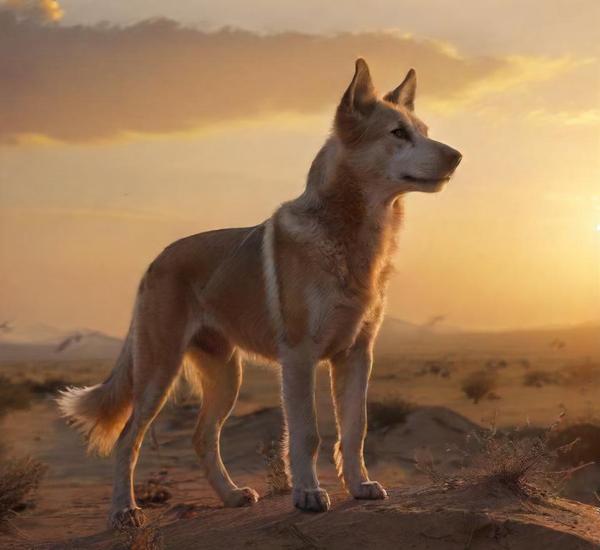
Happy Paws: All About Dogs

The Sarabi dog breed, often known as the Anatolian Shepherd, is a majestic and powerful guardian with a rich history that dates back thousands of …
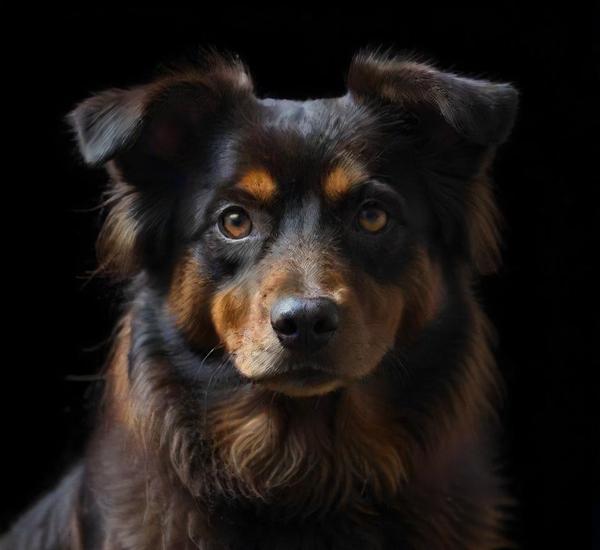
The Kars dog breed, a lesser-known gem among canine enthusiasts, hails from the rugged terrains of Turkey’s Kars province. Renowned for its resilience and adaptability, …
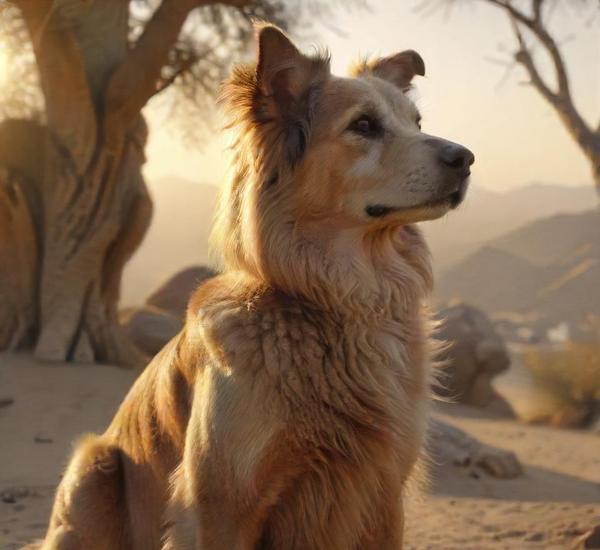
The Kuchi dog breed, often overlooked in mainstream canine discussions, offers a fascinating blend of history, versatility, and charm. Originating from the rugged terrains of …
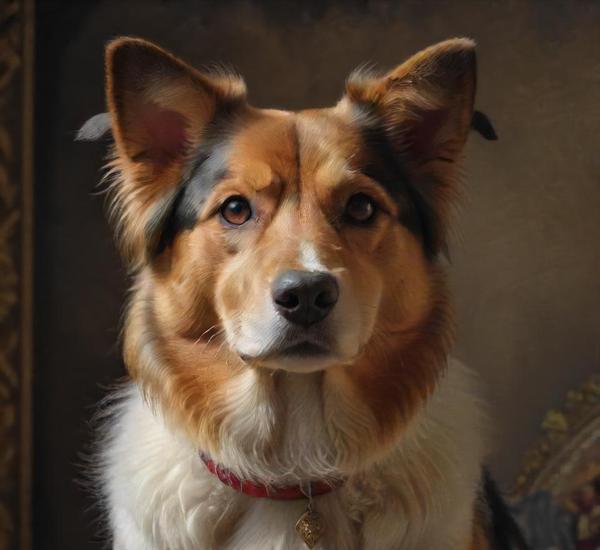
The Aksaray Malaklisi, often hailed as one of Turkey’s national treasures, is a majestic breed known for its impressive stature and loyal disposition. Originating from …
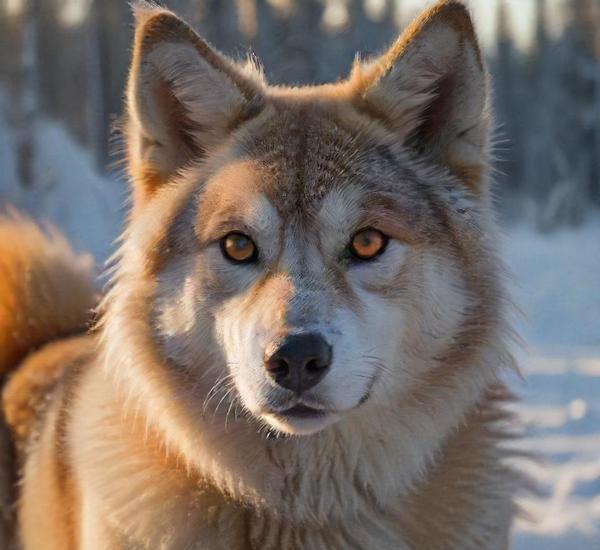
The West Siberian Laika is a remarkable breed that embodies the spirit and resilience of the Russian wilderness. Known for their keen hunting instincts and …
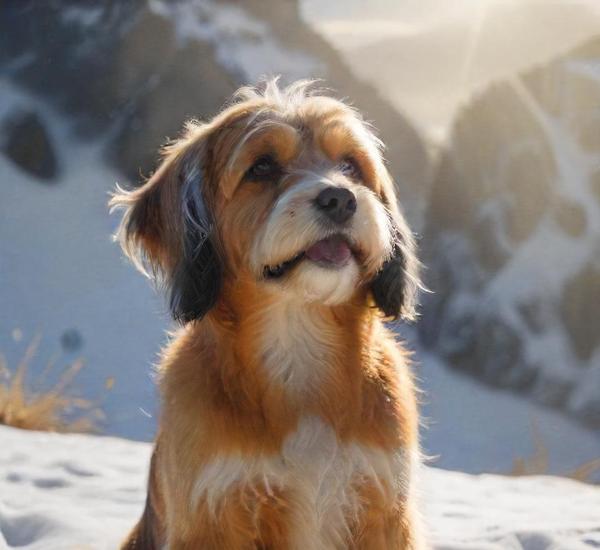
The Tibetan Terrier, often mistaken for a terrier due to its name, is a unique and charming breed with a rich history and distinctive appearance. …
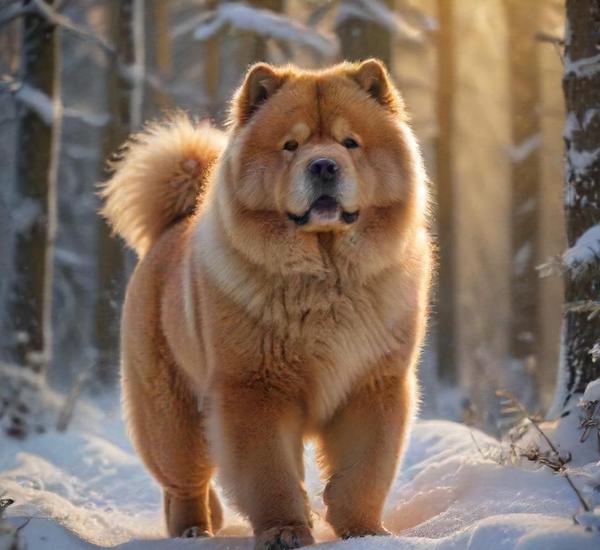
The Chow Chow is a breed like no other, instantly recognizable by its distinctive lion-like mane and striking blue-black tongue. Originating from ancient China, this …
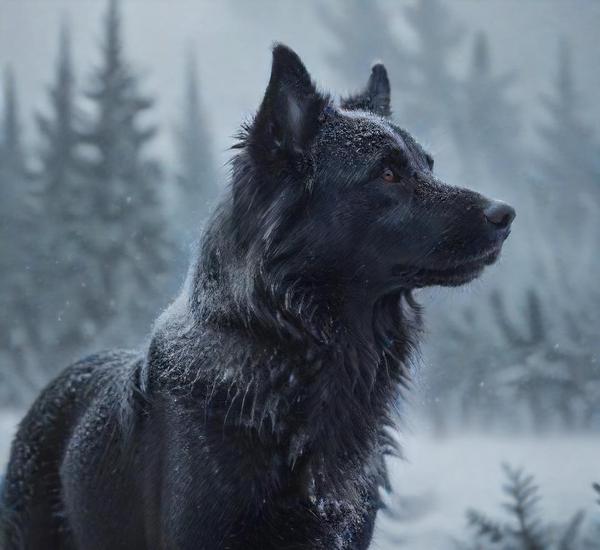
Nestled in the remote and rugged expanse of Russia’s Far East, Chukotka stands as a land of breathtaking beauty and harsh extremes, where the ancient …
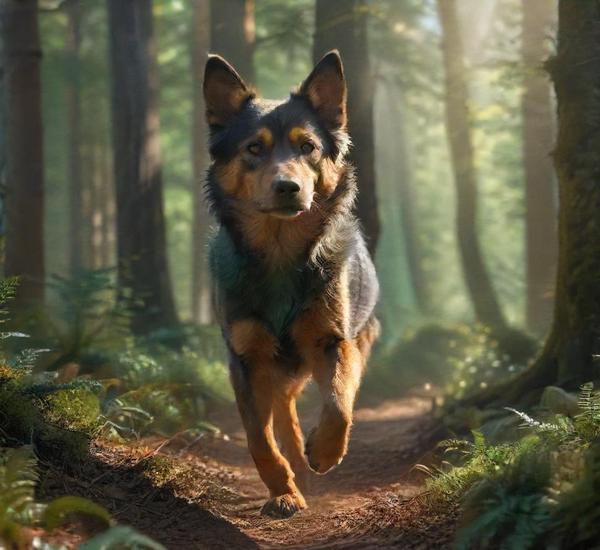
The Kai Ken, often called the Tiger Dog for its striking brindle coat, is a distinctive and rare breed hailing from Japan. Known for its …
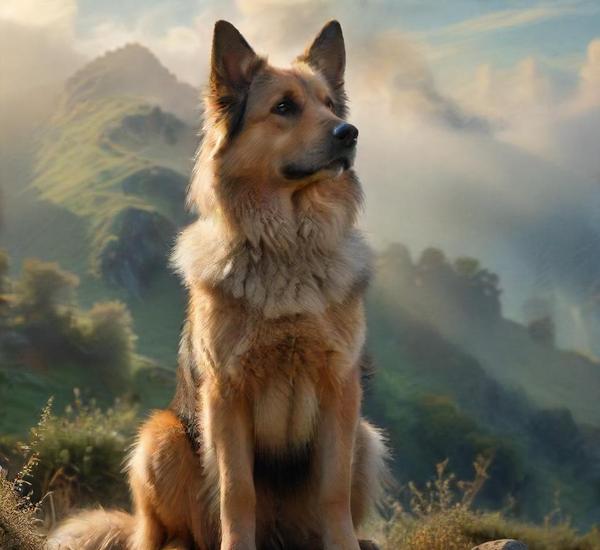
The King Shepherd is a remarkable and imposing breed, known for its combination of strength, intelligence, and gentleness. Originating in the United States in the …